Lực lượng Không quân Hoa Kỳ đã công khai tiết lộ máy bay ném bom tàng hình thế hệ tiếp theo, được gọi là ‘máy bay quân sự tiên tiến nhất từng được chế tạo’.
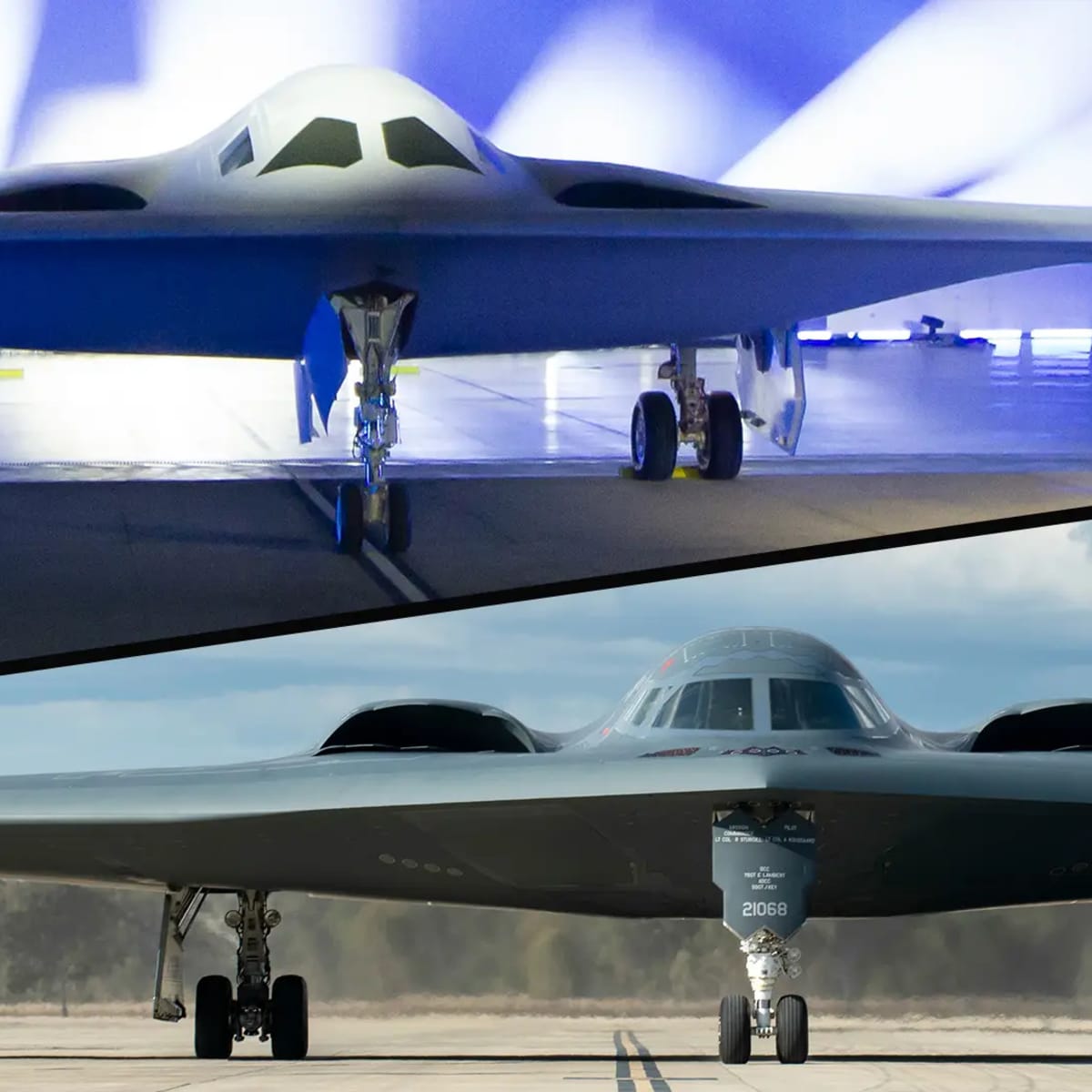
Các quan chức Lầu Năm Góc và đại diện của nhà thầu Northrop Grumman đã tiết lộ B-21 Raider tại một buổi lễ đầy kịch tính ở Palmdale, California vào tối thứ Sáu.
Khi phi hành đoàn kéo tấm bạt che chiếc máy bay ném bom hiện đại, đám đông những vị khách được mời đã reo hò, phấn khích khi lần đầu tiên nhìn thấy chiếc máy bay sau nhiều năm mong đợi.
Buổi lễ bắt đầu với màn trình diễn của ba máy bay ném bom Hoa Kỳ vẫn đang phục vụ: B-52 Stratofortress, B-1 Lancer và B-2 Spirit. Sau đó, các cửa nhà chứa máy bay từ từ mở ra và chiếc B-21 được kéo một phần ra khỏi tòa nhà.
“Đây không chỉ là một chiếc máy bay khác”, Bộ trưởng Quốc phòng Lloyd Austin nói. ‘Đó là hiện thân của quyết tâm bảo vệ nền cộng hòa mà tất cả chúng ta yêu mến của nước Mỹ.’
Có hình dạng tương tự B-2, một thiết kế ‘cánh bay’ đã có trong kho của Lực lượng Không quân, B-21 có thể vận chuyển cả vũ khí thông thường và hạt nhân trên khắp thế giới nhờ khả năng tiếp nhiên liệu tầm xa và tầm trung. .
Mỗi chiếc B-21, được quảng cáo là ‘máy bay ném bom thế hệ thứ sáu’, được dự đoán có giá khoảng 550 triệu đô la mỗi chiếc theo đô la năm 2010, hoặc khoảng 750 triệu đô la theo đô la đã điều chỉnh theo lạm phát hiện nay.
Video: US Airforce unveils the B-21 raider in California
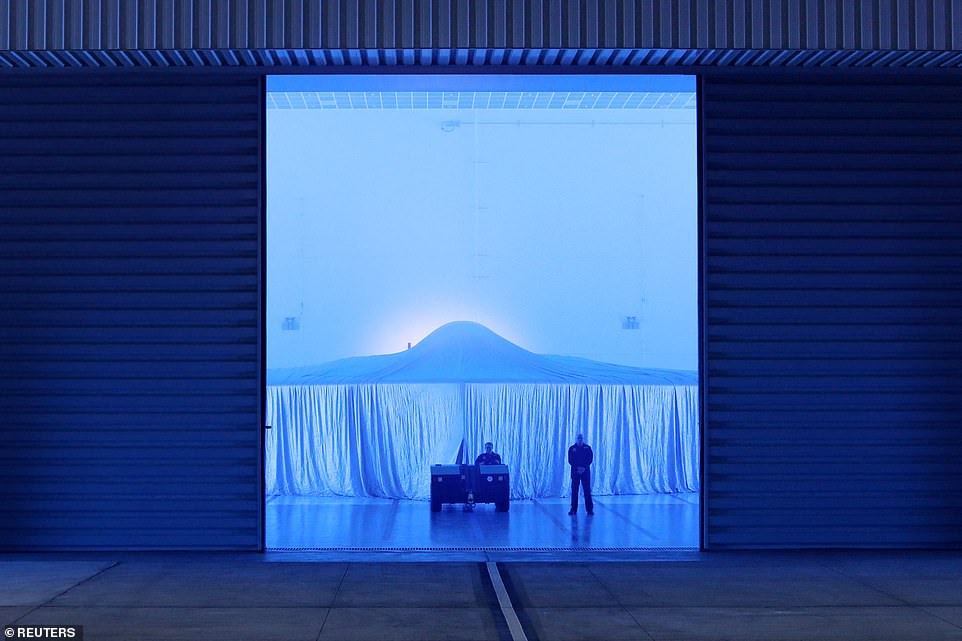
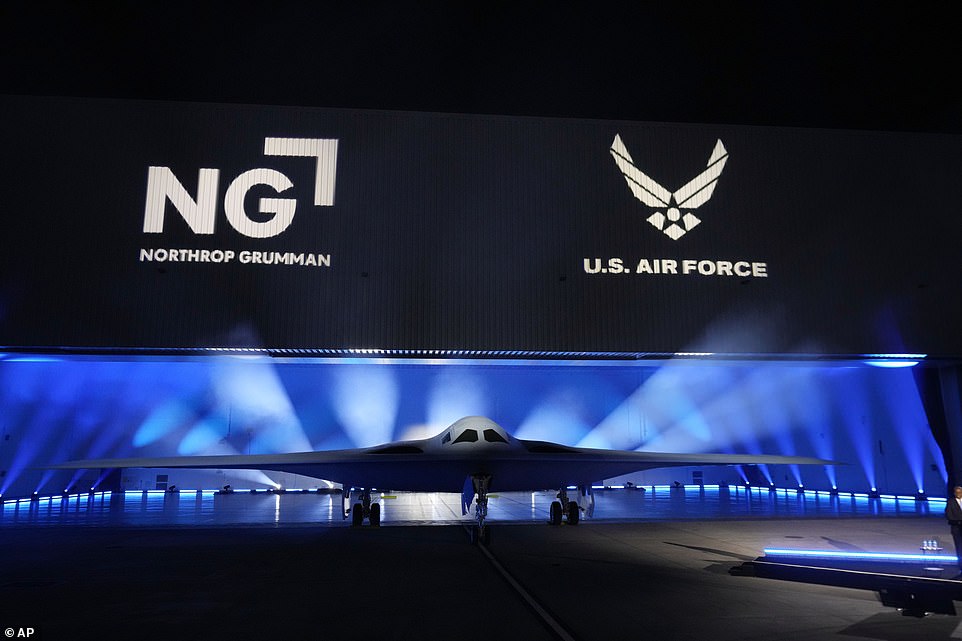
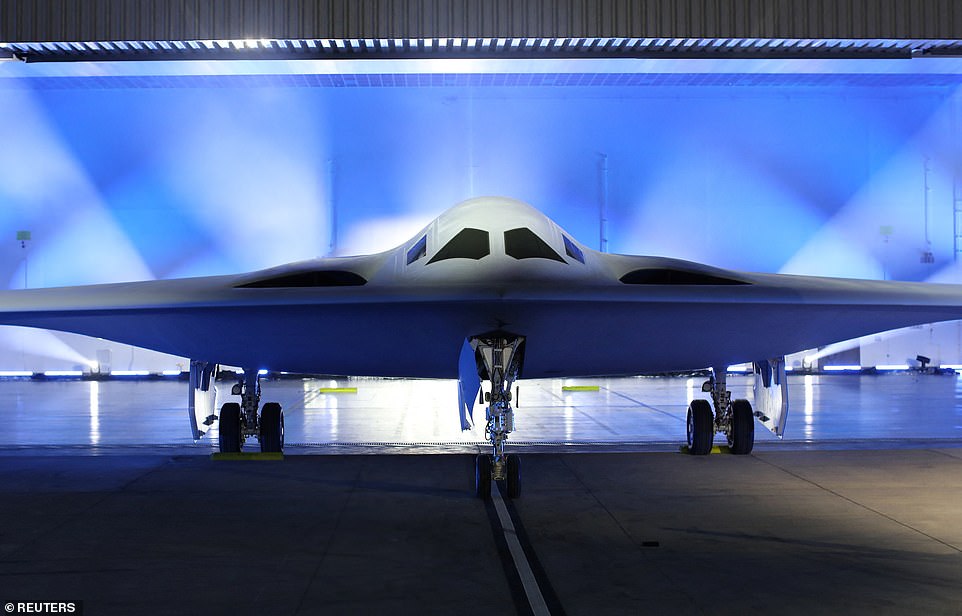
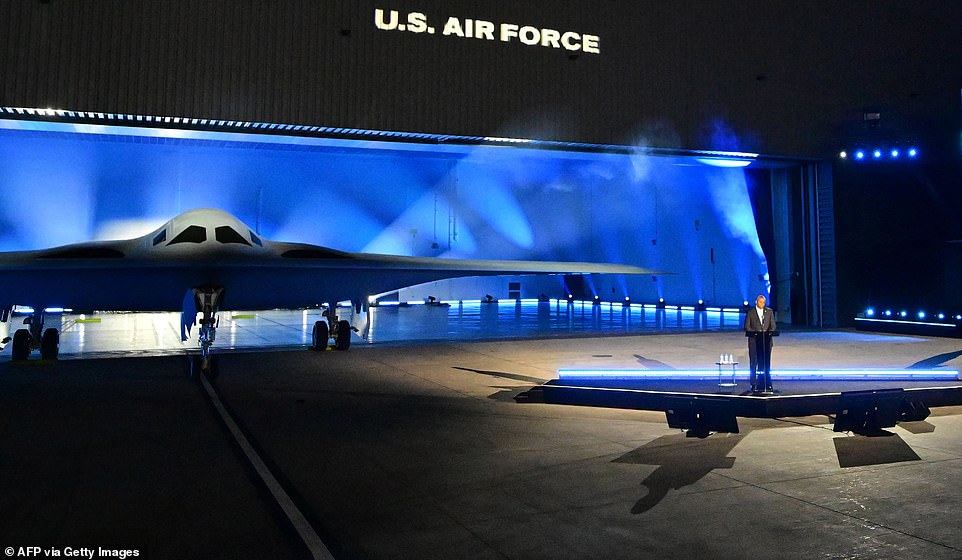
The Air Force planned to buy at least 100 of the planes and begin to replace B-1 and B-2 bombers.
The service has estimated that the program will likely cost at least $203 billion over 30 years to develop, purchase and maintain the B-21 fleet.
The B-21 is part of the Pentagon’s efforts to modernize all three legs of its nuclear triad, which also includes silo-launched nuclear ballistic missiles and submarine-launched warheads, as it shifts from the counterterrorism campaigns of recent decades to meet China’s rapid military modernization.
China is on track to have 1,500 nuclear weapons by 2035, and its gains in hypersonics, cyber warfare and space capabilities present ‘the most consequential and systemic challenge to U.S. national security and the free and open international system,’ the Pentagon said this week in its annual China report.
Northrop is calling the plane a sixth generation aircraft given its ability to connect to other aircraft and easily integrate future weapons into its systems architecture.
Other changes include advanced materials used in coatings to make the bomber harder to detect, Austin said.
‘Fifty years of advances in low-observable technology have gone into this aircraft,’ Austin said. ‘Even the most sophisticated air defense systems will struggle to detect a B-21 in the sky.’
Other advances likely include new ways to control electronic emissions, so the bomber could spoof adversary radars and disguise itself as another object, and use of new propulsion technologies, several defense analysts said.
It also features more durable stealth-enabling low observable surface material that will require less maintenance and keep operations costs and downtime to a minimum, Doug Young, sector vice president and general manager at Northrop Grumman Aeronautics Systems, told Reuters in an interview.
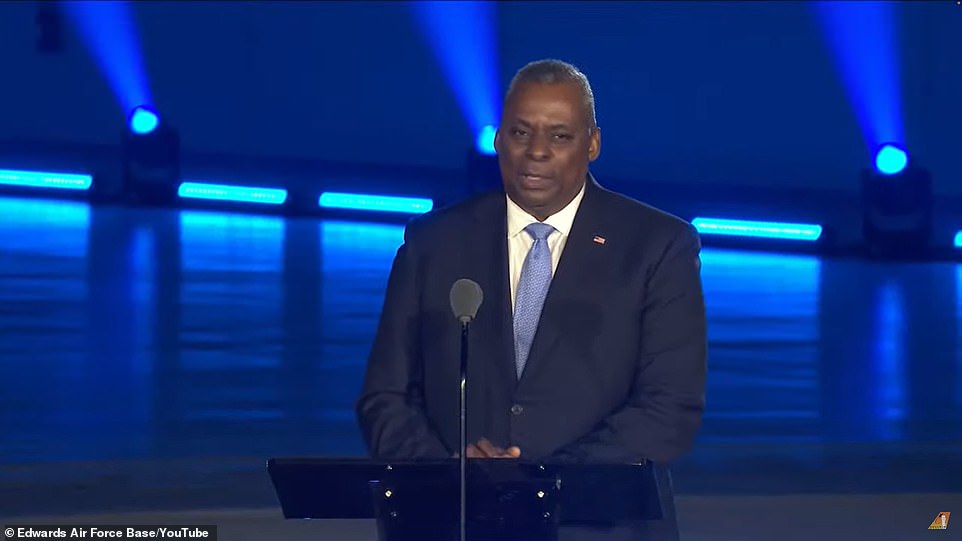
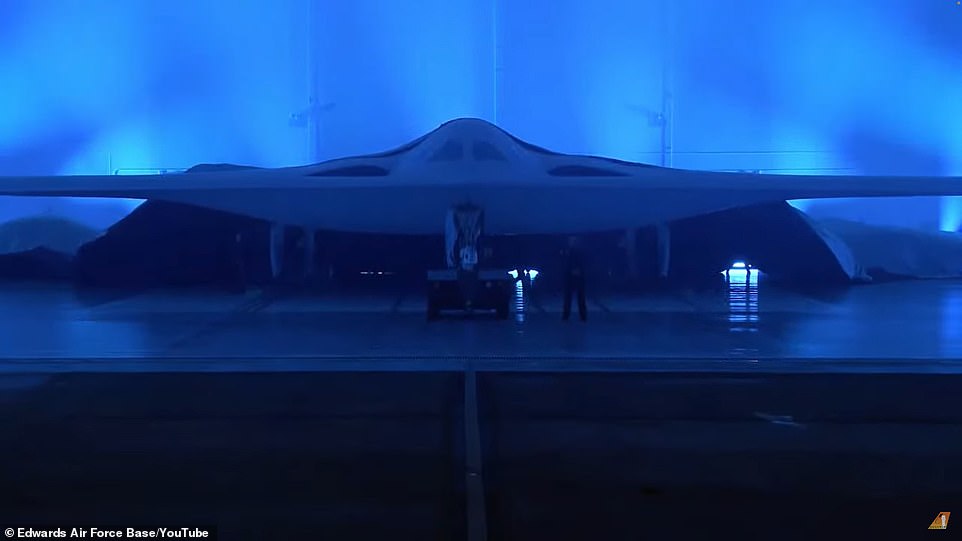
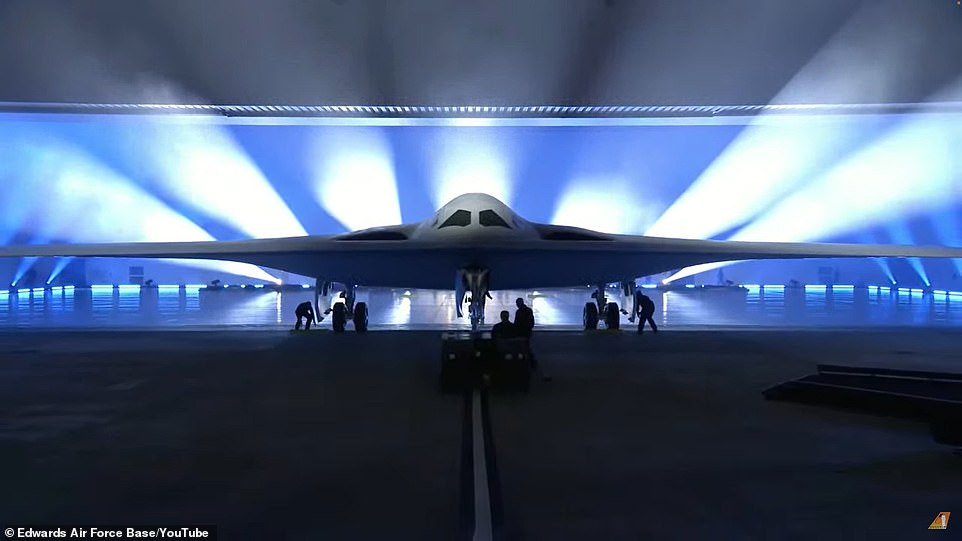
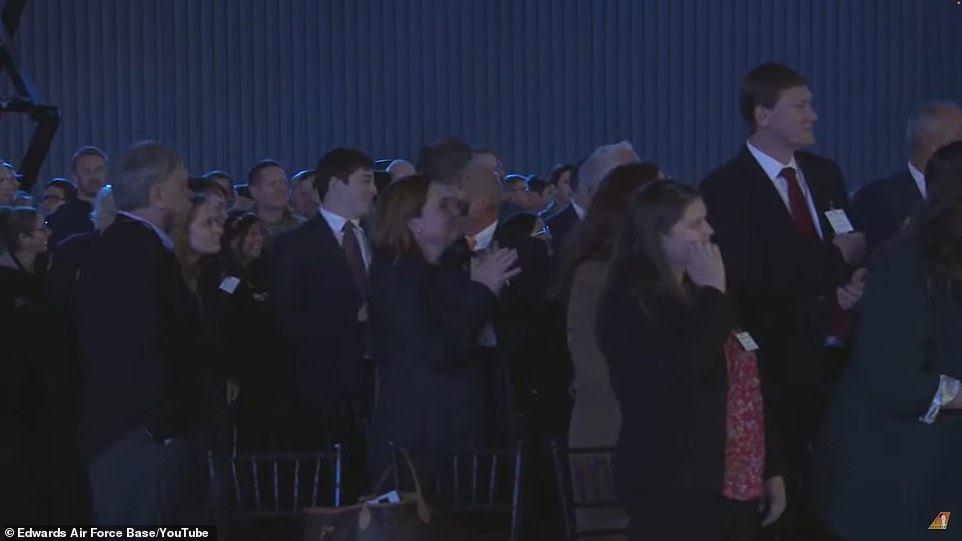
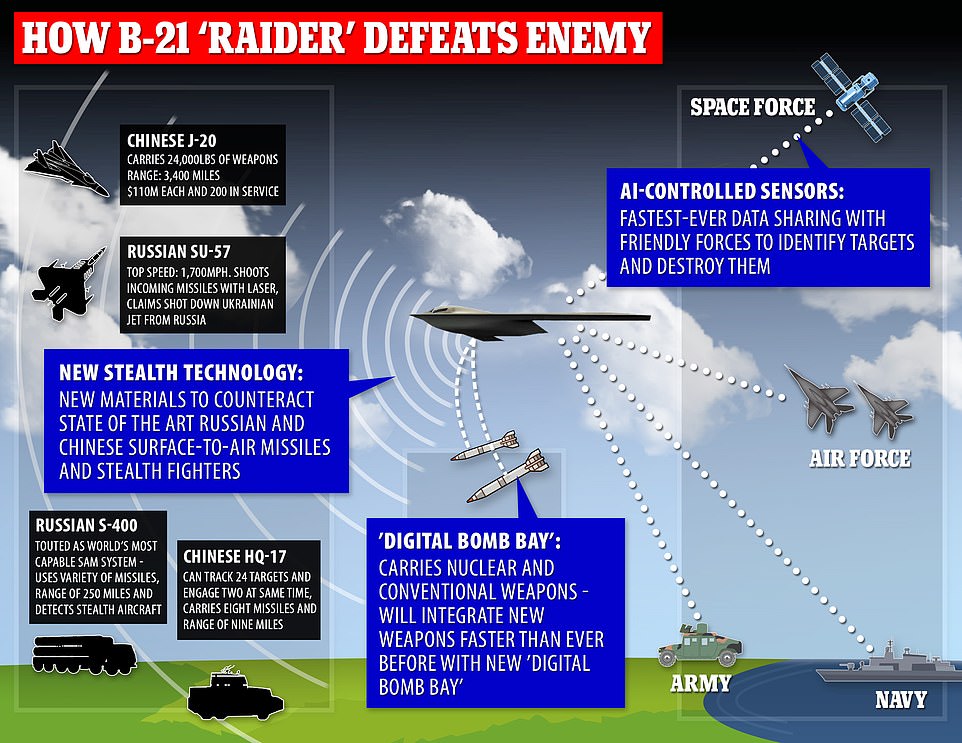
While the Raider may resemble the B-2, once you get inside, the similarities stop, said Kathy Warden, chief executive of Northrop, which is building the bomber.
‘The way it operates internally is extremely advanced compared to the B-2, because the technology has evolved so much in terms of the computing capability that we can now embed in the software of the B-21,’ Warden said.
Northrop beat out a team comprised of Boeing and Lockheed Martin when it won the 2015 contract to make the bomber, alongside suppliers including engine maker Pratt & Whitney, Collins Aerospace, GKN Aerospace, BAE Systems and Spirit Aerosystems.
The rollout at Northrop’s Plant 42 in Palmdale provided the first photographs of the new bomber. So far, only artist renderings have been published.
Six of the planes, which is to have its first flight in mid-2023, are in various stages of assembly. More than 8,000 people from Northrop Grumman, industry partners and the Air Force work on the program today which consists of more than 400 suppliers in 40 states.
THE B-21’S NEWEST FEATURES FOR MODERN WARFARE
The B-21’s features groundbreaking stealth technology built on top of more than three decades and six generations of US bomber innovation.
Northrop boasts that the new aircraft will included advance materials that will greatly reduced infrared, acoustic, electromagnetic, visual and radar signatures, making it virtually undetectable.
The bomber’s stealth tech is expected to counteract even the latest Russian and Chinese surface-to-air missiles, something ’90 percent of the nation’s current bomber fleet is incapable of doing,’ the company said.
The B-21 will also include a ‘digital bomb bay’, which will allow the aircraft to integrate new weapons faster than ever before. It ensures that the bomber can be readily and affordably upgraded.
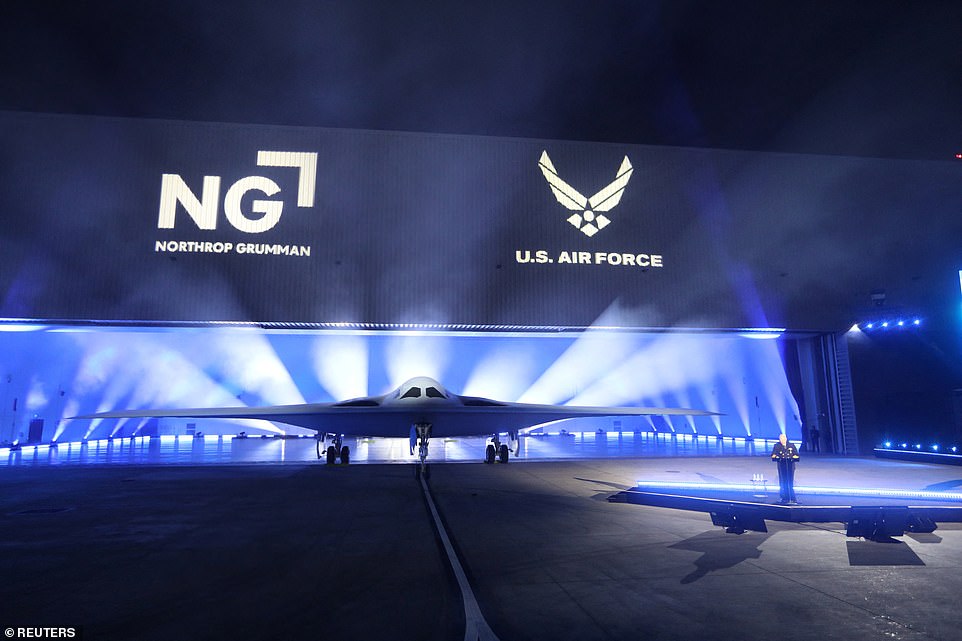
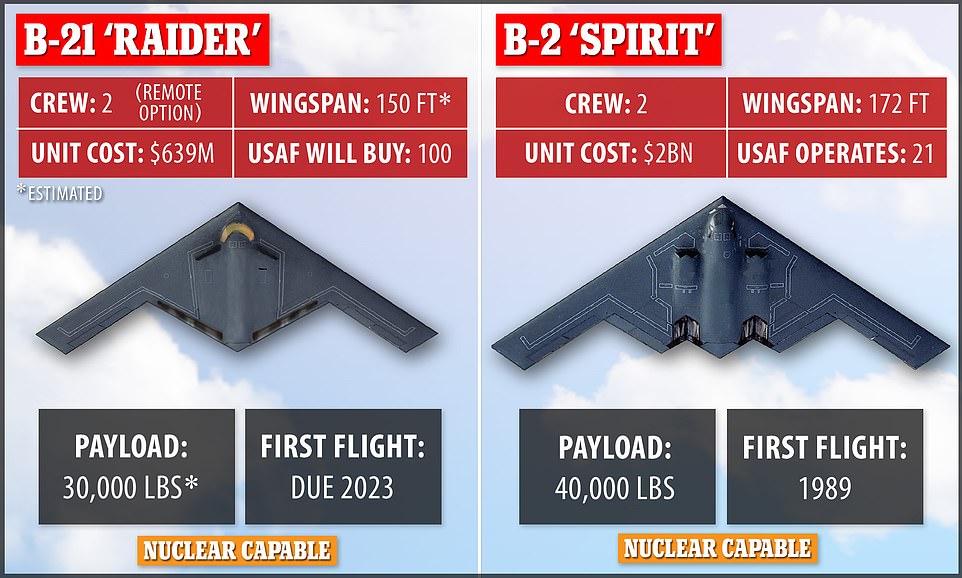
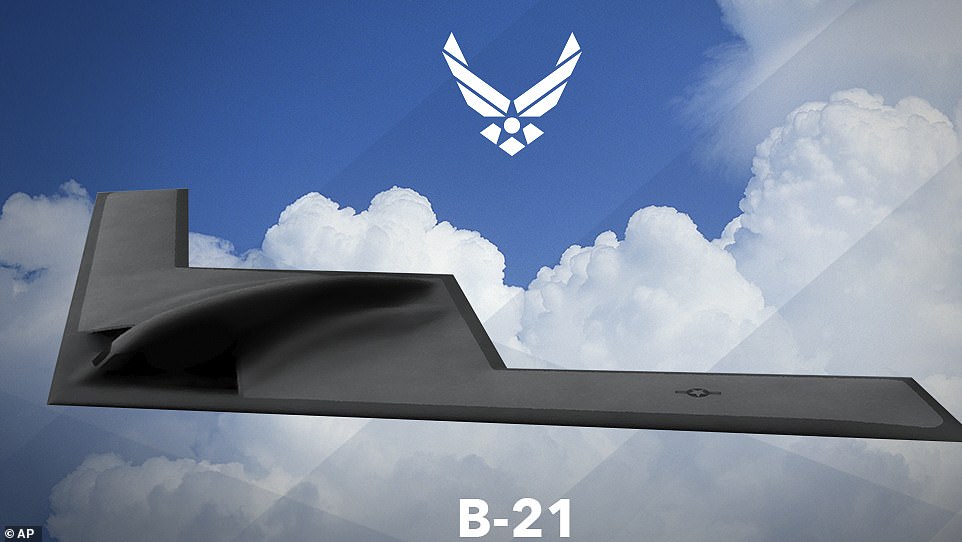
The new system grants the aircraft the ability to be nuclear-capable and carry an estimated payload of 30,000 pounds of firepower.
Additionally, the B-21 will come with AI-controlled sensors, which Northrop said would be able to identify enemy targets and share intelligence with allies for coordinated strikes in record time.
The system will be able to share data with the Army, Navy, Air Force and Space Force.
‘The B-21 provides utility to accomplish our nation’s security objective in every scenario imaginable,’ retired Air Force Lt. Gen. David Deptula told the Wall Street Journal. ‘No other weapons system can do that.’
‘The B-21 is America’s China-deterrence bomber,’ said Mark Gunzinger, a retired bomber pilot who flew the B-52.
A FULLY REMOTE STEALTH BOMBER
Unlike its predecessor, the B-2 Spirit, the B-21 Raider is expected to allow for unmanned missions.
While the current plans for the Raider include a crew of two, the Air Force has said that future aircraft must be able to be completely remote.
Representatives for Northrop called the B-21 ‘pioneering’ and ‘technological excellence.’
‘The B-21 is the most advanced military aircraft ever built and is a product of pioneering innovation and technological excellence,’ said Northrop sector vice president and general manager Dough Young.
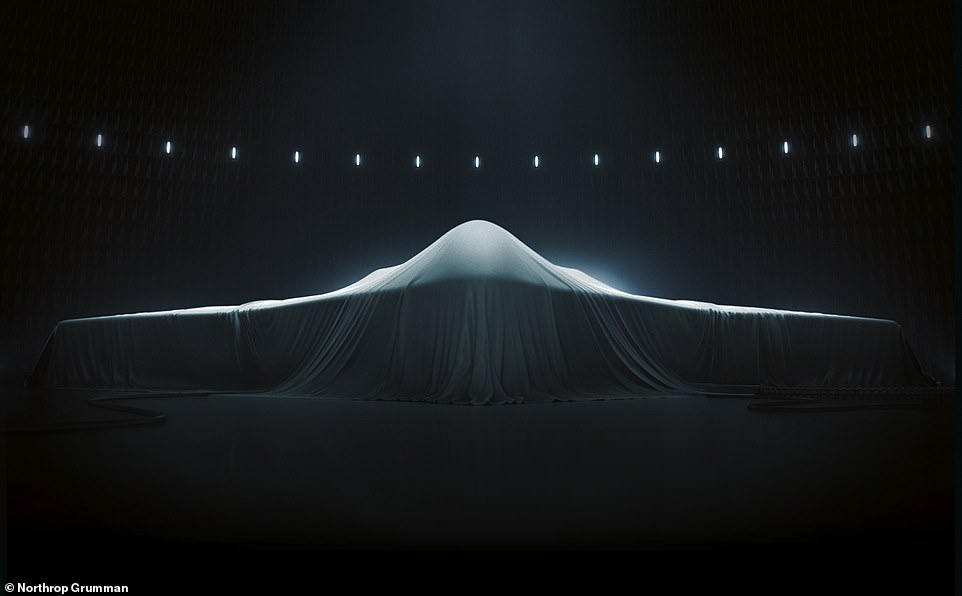
HOW DOES IT COMPETE WITH RUSSIA AND CHINA?
The stealth aspect of the B-21 Raider is touted as its main asset against Russian and Chinese forces.
Like its predecessor, the B-21 is expected to be a subsonic aircraft, meaning it will fly slower than 768 mph.
That puts it at a notable disadvantage against China’s J-20 stealth fighter, which flies at more than 1,300 mph and is capable of carrying 24,000 pounds of payload.
The B-21 will also be slower than Russia’s SU-57, which can hit a top speed of 1,330 mph and reportedly saw its first operational use in November when officials claimed it downed a Ukrainian jet.
Despite the slow speed, Northup claims the B-21 will be among the most undetectable aircrafts in the sky, capable of hiding from foreign nation’s radar system.
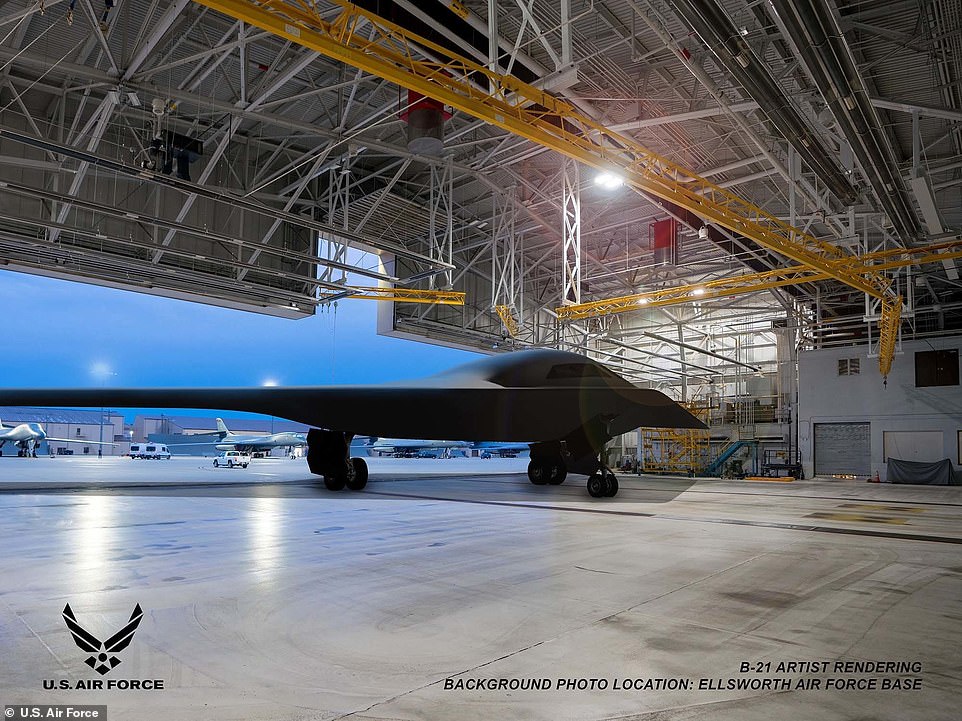
Russia currently touts the most capable surface-to-air missile (SAM) system, which can shoot down stealth aircrafts from 250 miles away.
China currently employs is HQ-17 SAM system, which can track 24 different targets and shot two down at the same time from nine miles away.
Although there have been rumors that China has developed a new radar capable of detecting any and all stealth aircrafts, they have been rejected by military experts.
The Department of Defense has said that a new generation of stealth bombers are needed for America’s national security imperative, which includes deterring conflicts in the South China Sea.
Chia sẻ hoặc bình luận về bài viết này: Không quân Mỹ trình làng B-21 Raider – được mệnh danh là máy bay quân sự tiên tiến nhất từng được chế tạo.

